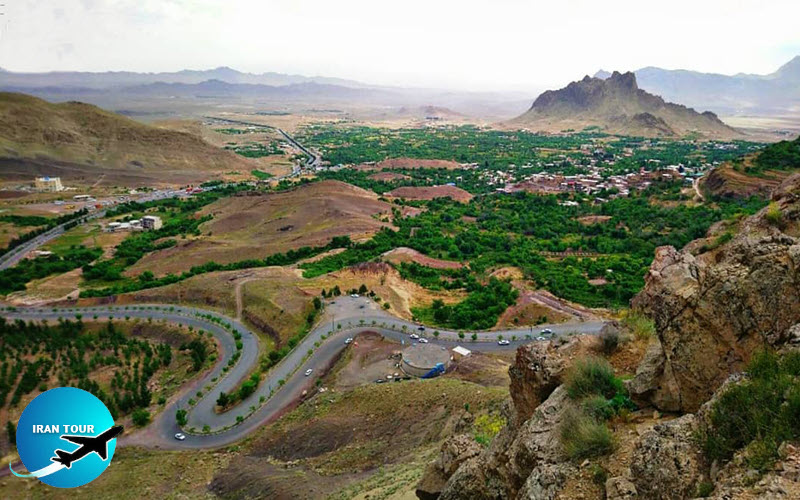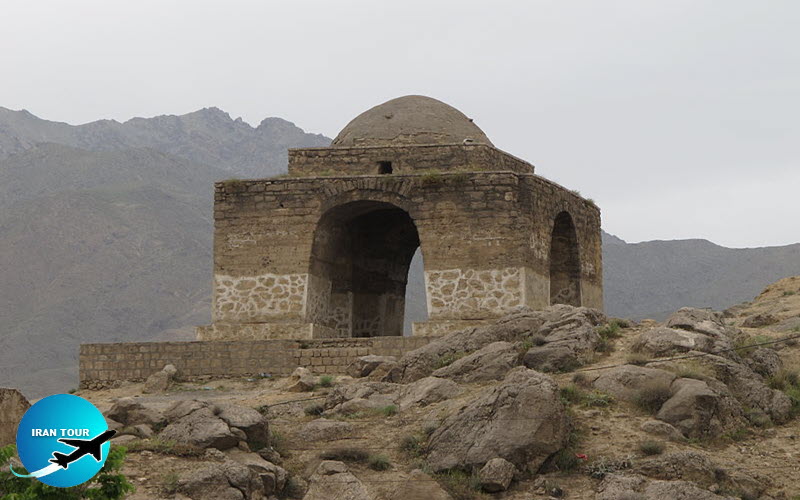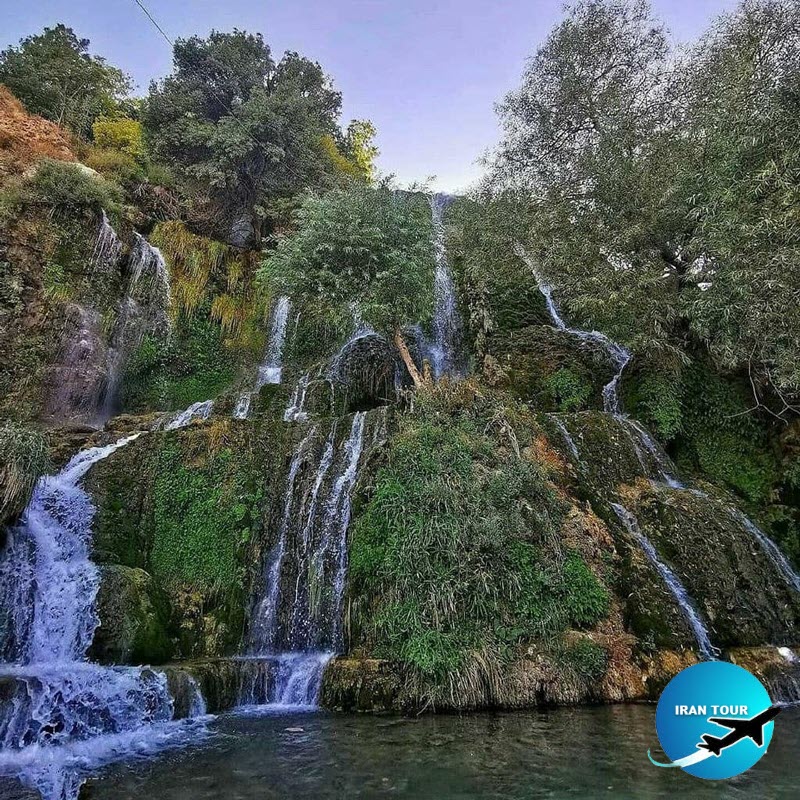Copyright 2020 - 2021 irantour.tours all right reserved
Designed by Behsazanhost
Niasar City
Niasar
The scenic settlement of Niasar is located 25 km west of Kashan. Due to its relative elevation and abundant sources of water, Niasar enjoys a refreshing climate and serves as a summer resort for the Kashan residents. The residents of Niasar earn their living by agriculture and the production of herb extracts, the latter enjoying wide renown in Iran. The village is especially beautiful in late spring when it is buried in the blossom of roses, from which the famous rose water is produced.
 |
The village of Niasar dates back to ancient times, although the legend attributes the foundation of the settlement to Ardashir Babakan. According to this legend, he is also responsible for the name of the site. The story goes that during the early period of his reign, Ardashir Babakan had to put down numerous revolts. One of these seems to have taken place in Esfahan, and after it had been quelled, Ardashir cut off the heads of the ringleaders and brought them to the water spring of Iskandariyeh, where he and his soldiers camped and had a feast on the occasion of their victory. There, Ardashir seems to have told his soldiers the sentence that meant: “We celebrated on the heads of the notable people, and these “notable people" sounded in the Pahlavi language like “nikan sar”. These words, in the course of time, have changed to Niasar. Another theory is that the village's name is derived from the words meaning "the head of reeds”.
 |
Fire Temple or Atashgah
The construction of the fire temple is attributed to the same Ardashir Babakan and represents one of the earliest examples of Sasanid religious architecture. It is a typical Chahartag, composed from the exterior of three distinctive elements: a square base pierced by four symmetrical arched entrances; a smaller concentric square resting on the base; and a dome mounted on this smaller square. Inside, in each corner of the smaller square base is a conical vault connecting the round dome to the base. Each wall has an exterior dimension of 10.7 m and an interior dimension of 5.7 m. The arches span 4.3 m. The walls are at least 2.3 m thick. The dome has a diameter of 5.5 m and a height of 12 m. The only materials used in the structure are stones and gypsum mortar. The original ornamental stucco moldings have disappeared, and the thick coat of plaster that once covered the coarse rubble walls has crumbled. However, the building itself, which has been carefully maintained, is an important exception to the usual decayed state of the Chahar-Taqs scattered all over the country. The temple rises above the Iskandariyeh spring, the discovery of which is attributed by local legend to Alexander the Great. The fire from the Chahartaq could be seen from a great distance, thus serving as a signal or beacon for travelers, as well as serving as a focal point of religious ceremonies.
 |
Niasar Cave
The unique Niasar cave is an amazing relic of an ancient civilization. Dating from the Parthian era, it is entirely man-made (except for one or two natural chambers near the entrance openings). Doubtless, it functioned as a Mithraist temple and was built, like most other Mithraist temples, in full darkness. All in all, the cave has twenty rooms with an entire area of 176.5 sq. m. The largest of these rooms is 28.6 sq. m and the smallest is 1.8 sq. m. In various periods, the cave was also used for defensive purposes. Several millstones deep inside the cave were carved in situ and served as doors to cover the passages of the cave in order to cut the ventilation in case intruders entered the cave. Otherwise, there is perfect air circulation inside the cave, even in its lowest stories. The same stones could also have been used during the sacrifice ceremonies of Mithraism. Most earthenware objects found inside the cave date back to the Parthian and Sasanid eras. Also, some Islamic pottery has been found around the entrances.
Many fables are told by the locals about the cave, the most popular of which recalls the stonemason who was spellbound in the cave. It is believed that the sound of his ax pounding the stone can still be heard inside the cave. Today the cave is known as Reis Cave and features one main entrance, while three other openings leading to the cave can be visible in the cliff beside the Niasar waterfall. This astounding cave is dug in three stories and consists of innumerable corridors and tunnels exceeding 500 m in length, and 45 wells with an entire depth of 118 m. The cave comprises two distinctive parts. Its central section has seven chambers dug in various levels in the heart of the Talar Mountain and connected through the winding corridors with the lower stories. The second part is a long, slowly descending corridor, linking a row of wells and coming out on the surface in the beautiful Talar Garden. The height of the corridors is less than 1 m, and their amazing number turns the cave into an impassable maze. In order to walk in most passages, corridors, and even in small chambers of the cave, one has to creep and crawl. In many parts, the path is so narrow that it is not possible for the visitor to pass through without stopping. Tourists should by no means attempt to explore the cave without a guide.
 |
Other places of interest in Niasar include a waterfall with a mill by its side, and the Qajar Talar pavilion, from the veranda of which there is a breathtaking panorama of the Niasar's environs. Niasar is also remarkable for the unique, interesting ceremony that is held here on the Islamic holiday of Eid-e Qorban, but that is certain to have pre-Islamic roots. On this holiday, the locals ornament a cow and sacrifice it in a special ritual held near the village mosque (today, the mosque is quite uninteresting, but before its recent rebuilding, it greatly resembled the Anahita temples, devoted to the Iranian goddess of water, beauty, and fertility). One cannot help but recall the symbolic pictures of Mithra, slashing the throat of a cow. This picture is often seen in artifacts from the Parthian and Sasanid periods, or in some European monuments influenced by Mithraism, which in its heyday spread from India to Europe.
- Details
- Category: Where to go in IRAN